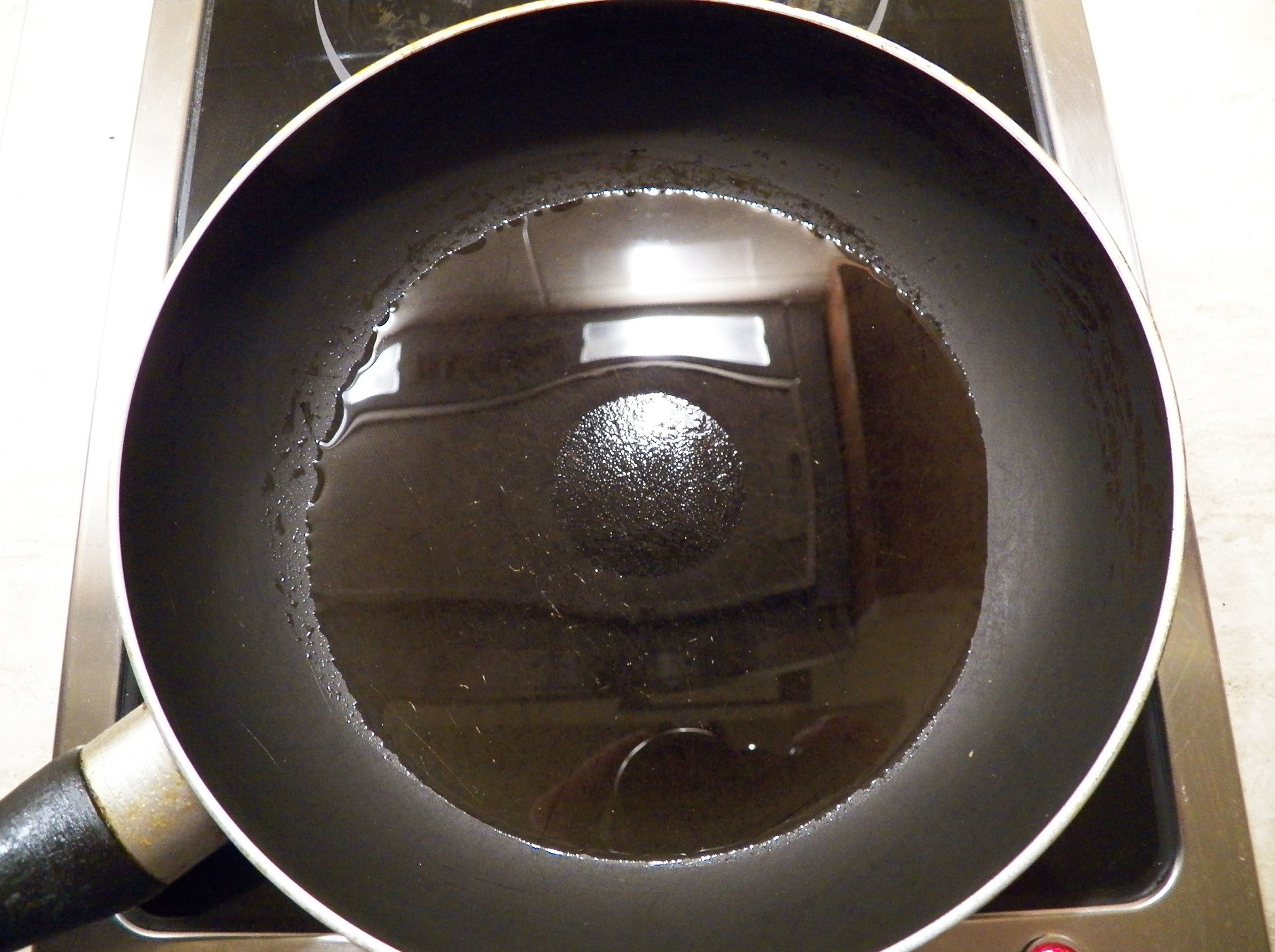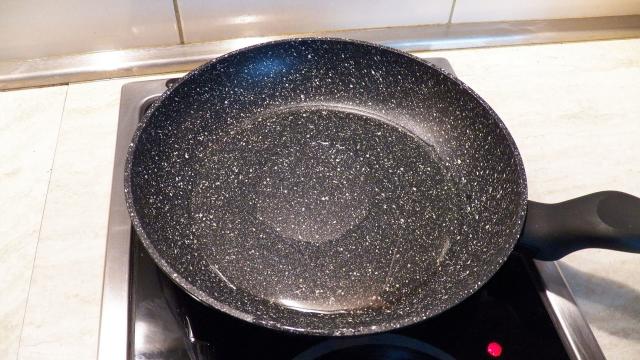An investigation into the way oils behave on hot, flat surfaces has uncovered the process responsible for foods sticking to non-stick frying pans.
I love the opening line to this new paper, published today in Physics of Fluids: “Here, the phenomenon of food sticking when frying in a frying pan is experimentally explained.”
Concise and straight to the point, as is the explanation: “thermocapillary convection,” according to the authors, Alexander Fedorchenko and Jan Hruby, both from the Czech Academy of Sciences.
This is very powerful knowledge. The next time this happens while cooking, you can shake your angry fist at the stovetop and say, “curse you, thermocapillary convection!” It’ll be a very satisfying moment, not just because you have a fancy new term at your disposal, but also because you’ll have full awareness of what it actually means.
For their experiment, Fedorchenko and Hruby, specialists in fluid dynamics and thermophysics, tested two non-stick frying pans — one coated in ceramic particles and one covered with Teflon. The surfaces of the pans were covered with a thin layer of sunflower oil, and then, using an overhead camera, the scientists measured the speed at which it took dry spots to form and grow as the pans were heated.
The scientists noticed that, as the pans were being warmed from below, a temperature gradient appeared across the oily film. This in turn created a surface tension gradient, which directed the oils away from the centre of the pan and towards the periphery; liquids with high surface tension pull more forcefully on surrounding liquids compared to liquids with low surface tension.

This is an excellent example of thermocapillary convection at work — a phenomenon in which a surface tension gradient forces a liquid (in this case, oil) to migrate outwards. Once this happens, food is more apt to stick to the centre of the pan, the result of the “formation of a dry spot in the thin sunflower oil film,” according to the study.
Fedorchenko and Hruby actually created a formula to calculate the “dewetting rate,” which measures the speed of receding oil droplets. Very cool, but the word “dewetting” is something we don’t need in our lives right now. The scientists also identified the conditions that lead to dry spots, resulting in the following advice:
“To avoid unwanted dry spot formation, the following set of measures (and/or) should be applied: increasing the oil film thickness, moderate heating, completely wetting the surface of the pan with oil, using a pan with a thick bottom, stirring food regularly during cooking,” the authors write.
[referenced id=”1231240″ url=”https://gizmodo.com.au/2020/07/a-frying-pan-ingredient-can-make-super-white-paint-reflect-98-of-the-suns-heat/” thumb=”https://gizmodo.com.au/wp-content/uploads/2020/07/16/a4m7makcu46vw9vqfjzi-300×169.jpg” title=”A Frying Pan Ingredient Can Make Super-White Paint Reflect 98% of the Sun’s Heat” excerpt=”You wouldn’t head outside on a scorching hot summer day in dark clothing; lighter coloured garments help reflect the sun’s heat. That strategy works for buildings too, and thanks to researchers at UCLA, a new formulation for white paint could effectively reflect up to 98% of the sun’s heat, reducing…”]
Wow. Don’t know about you, but for me that’s all blazingly obvious advice (not to mention how the first and third items on that list are basically the same thing). Except for using pans with a thick bottom — I didn’t know that. But to be fair, I often used a cast iron pan when frying foods, so I must’ve subconsciously felt this to be true.
Anyhoo, this is all making me very hungry, so I’m going to end it right here, head to the kitchen, and do my best to master the idiosyncrasies thermocapillary convection.
